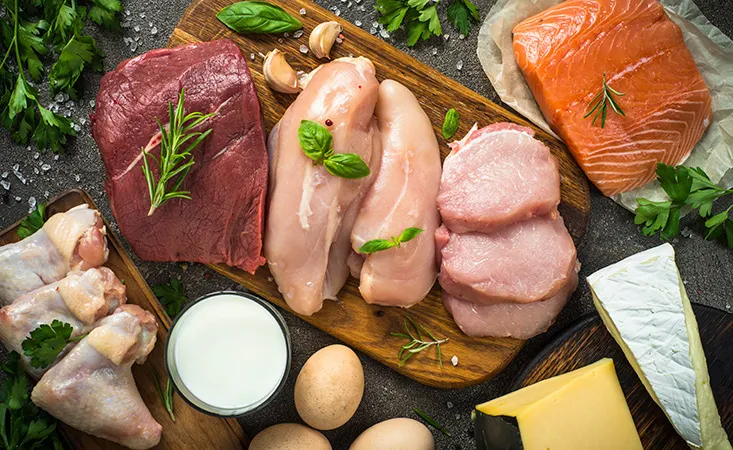
In this author’s last several posts, underlying factors behind obesity and metabolic syndrome were considered to include reductions in physical activity, overconsumption of ultra-processed foods and drinks (UPFDs) and their relationships to addiction. The terms satiety and satiation are widely used to facilitate comprehension and research involving appetite control.1Satiation can be defined as processes and signals that induce cessation of a meal, where satiety includes processes and signals following the end of a meal, that inhibit eating before hunger returns.1(199) In the following sections, this author would like to present solutions in managing and controlling overconsumption of UPFDs, using protein to leverage satiety.
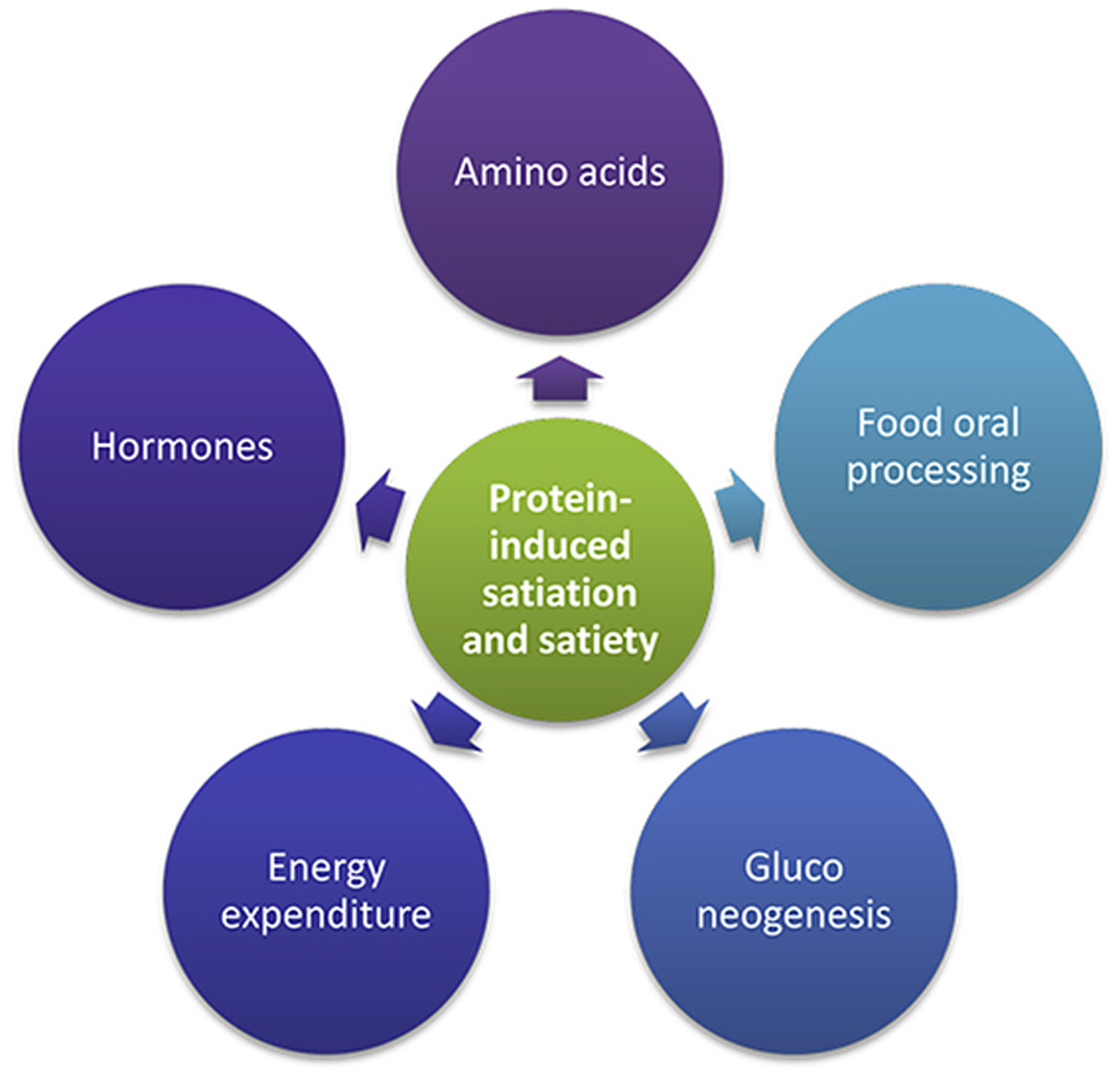
Protein is a central and indispensable macronutrient providing amino acids for nearly all metabolic processes. Thus, the process of food intake and protein content influences complex signals to include neuropeptides in the gut, metabolic hormones, blood amino acids, and derived metabolites released in the blood.1(199) Protein consumption exerts its satiety-inducing effects by increasing the release and flow of satiety hormones, increasing concentrations of amino acids, increasing energy expenditure, and inducing gluconeogenesis.1(199) The following will consider physiological mechanisms of protein consumption and satiation further.
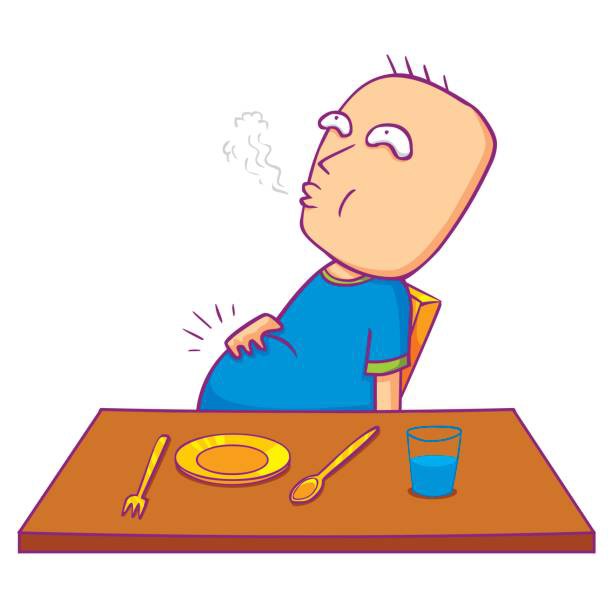
Protein-induced satiety is tightly linked to an increase in anorexigenic (loss of appetite) hormones and decreases in orexigenic (increase of appetite) hormones. Furthermore, satiation is also achieved by gastric distension; distension is sensed by mechanoreceptors in the gastric lining and relays signals to the hindbrain via vagal afferent and spinal sensory nerves.1(200)Gut hormones such as cholecystokinin (CCK) and GLP-1 also affect fullness.1(200)Both hormones act as short-term regulators of food intake and tends to rise during eating and facilitates reductions in meal size and increase times between meals.
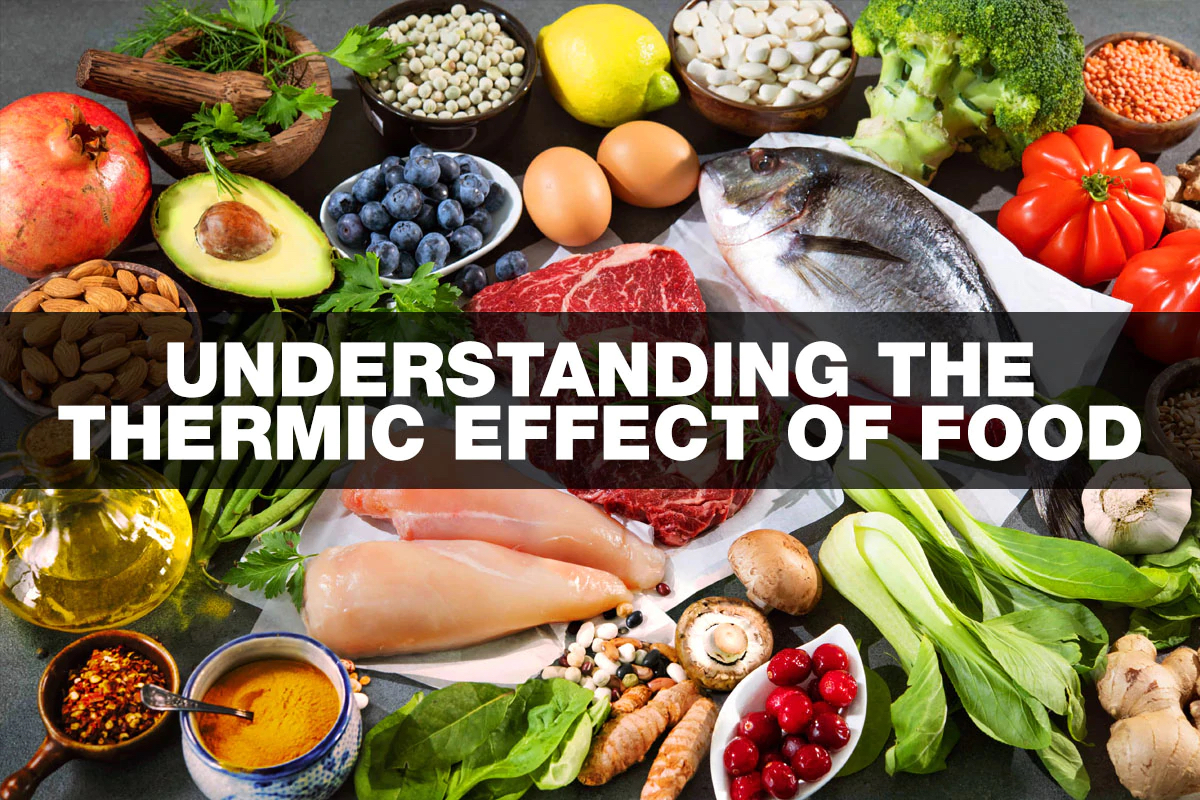
Energy expenditure is another physiological mechanism underlying satiety, and is thought to exert its control via protein-induced thermogenesis.1(200) Daily energy expenditure is comprised of 3 components: diet-induced thermogenesis, basal metabolic rate, and the energy cost of physical activity.1(200) Morell and Fiszman1(200)stated that a relationship exists between energy expenditure and protein-induced satiety; increased energy expenditure at rest might increase oxygen consumption/temperature leading to a promotion of satiety. Such a submission is supported by research indicating energy expenditure increases during the postprandial period, immediately after a high protein meal.1(200) The thermic effect of food might be due to the body having no protein storage capacity, demanding immediate metabolic processing.1(201)
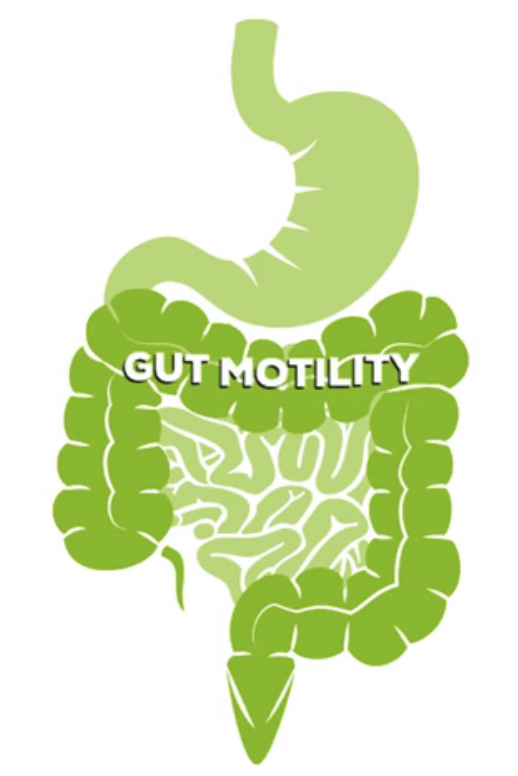
Amino acids tend to slow gastric/intestinal motility, increase pancreatic secretions, and is particularly influenced by glutamate.1(201) Influences upon signaling includes post-prandial meal-induced visceral and metabolic systems and, interestingly, the type and quality of proteins/amino acids influence the degree of hunger suppression.1(201) The more complete a protein is (high number of essential amino acids) the more likely satiety and hunger suppression will be reached. Essential amino acids include arginine, histidine, isoleucine, leucine, lysine, methionine, phenylalanine, threonine, tryptophan, and valine.2
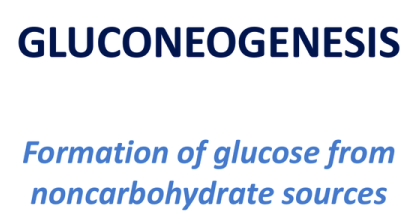
Gluconeogenesis is the fourth factor underlying satiety mechanisms of action. Morell and Fiszman2(201) suggested that gluconeogenesis has been linked to protein intake, citing rat studies where high protein diets stimulated said energy producing pathway and stimulated gluco-receptors; such receptors stimulate the brain via the vagal nerve and induce a satiating effect by controlling glucose signalling.1(201) Gluconeogenesis is also thought to control blood glucose levels (reducing precipitous drops); another means of controlling hunger.1(202) Finally, high protein diets in the presence of lower carbohydrate intake stimulates increased oxidation of fats which produce ketones like beta-hydroxybutyrate; a substance also known to induce satiation.1(202)
In conclusion, the obesity epidemic continues to spread and increase its reach globally. Such a situation demands that nutritionists develop novel strategies to facilitate weight loss, to include interventions that induce satiety from healthy food options. It is possible that manipulating protein intake, as part of a larger nutritional and lifestyle intervention, may facilitate such a change.
References
1. Morell P, Fiszman S. Revisiting the role of protein-induced satiation and satiety. Food Hydrocoll. 2017;68:199-210. doi:http://dx.doi.org/10.1016/j.foodhyd.2016.08.003.
2. Lord RS, Bralley, JA. Laboratory Evaluations for Integrative and Functional Medicine.2nd ed. Duluth, GA: Genova Diagnostics; 2012.
-Michael McIsaac
